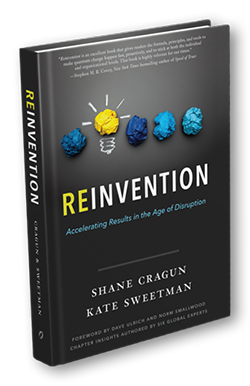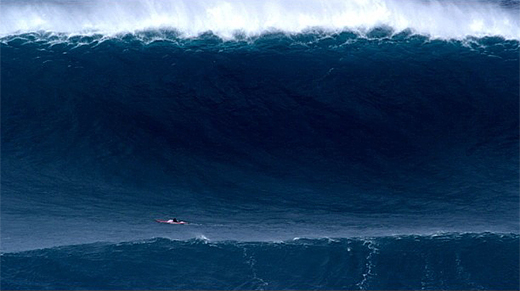If necessity is the mother of invention, disruption is the mother of re-invention. But what do the terms “disruption” and “reinvention” really mean? Shane Cragun and Kate Sweetman tackle both questions in their book, Reinvention: Accelerating Results in the Age of Disruption (Greenleaf Book Group Press, 2016).
|
ADVERTISEMENT |
As co-founders of SweetmanCragun, a global management consulting, training, and coaching firm, authors Sweetman and Cragun are thought leaders and change agents with firsthand experience working with Fortune 500 companies, world leaders, and multinational corporations.
Age of disruption

Making fire and inventing the wheel were pretty big disruptions, so what does the term “disruption” mean? Is it just a catchphrase, or does it have unique implications for the 21st century?
…

Add new comment